Asparagus Planting Guide
Step 1
Select a planting site with full sun and good drainage. If you have poor drainage, make a raised bed at least 6 inches tall. Add good organic material such as mushroom or general compost, potting soil, etc. Mix these amendments with your own soil and make a trench at least 8 inches deep.

Step 2
In the bottom of the trench, add transplant fertilizer (We like Espoma Biotone or Gardentone) and cover with 2 inches of soil. Next, place the asparagus plants 12 inches apart with crowns facing up. Gently spread the roots of the plants and cover them with 1 to 2 inches of soil. As the plant grows continue to cover the crowns with soil. By the first season the soil should be level with the top of the bed. Top dress asparagus beds with soil builder to preserve moisture and prevent weeds.
Step 3
The first year—Do not harvest, but remove foliage after frost. The second year– Cut asparagus lightly—only the spears that are thicker than a pencil. The third year– Harvest and enjoy! To harvest, slice the spears off just below the soil surface with a sharp knife; take care not to slash new growth, under the ground or above. Or snap the spear off close to the ground by hand.
Asparagus Varieties
Mary Washington
The standard commercial strain and the most popular US variety is resistant to some rust and blight, has a 6 week cutting season. Produces long straight spears with tight tips. Crowns are long lived and well adapted to the northwest. It is the hardiest asparagus strain we have test gardened. Prefers sweet soil with a pH of 6.8 to 7.2.
Jersey Knight
A patented male hybrid with very few female seed plants, which are commonly found in open pollinated varieties. Reported to have excellent fusarium tolerance and high resistance to rust. Male plants don’t expend energy producing seed and tend to be more vigorous then female plants.
Sweet Purple
This new type of asparagus has many similar characteristics to green asparagus but offers something new for the asparagus connoisseur. The spears produced have several qualities which make it quite different from the common green varieties: deep burgundy coloration is a striking difference, this type has 20% more sugar which allows it to commonly be eaten raw, and the spears are generally larger and more tender then that of its green counterpart which allows the cook to use the entire spear with little waste.

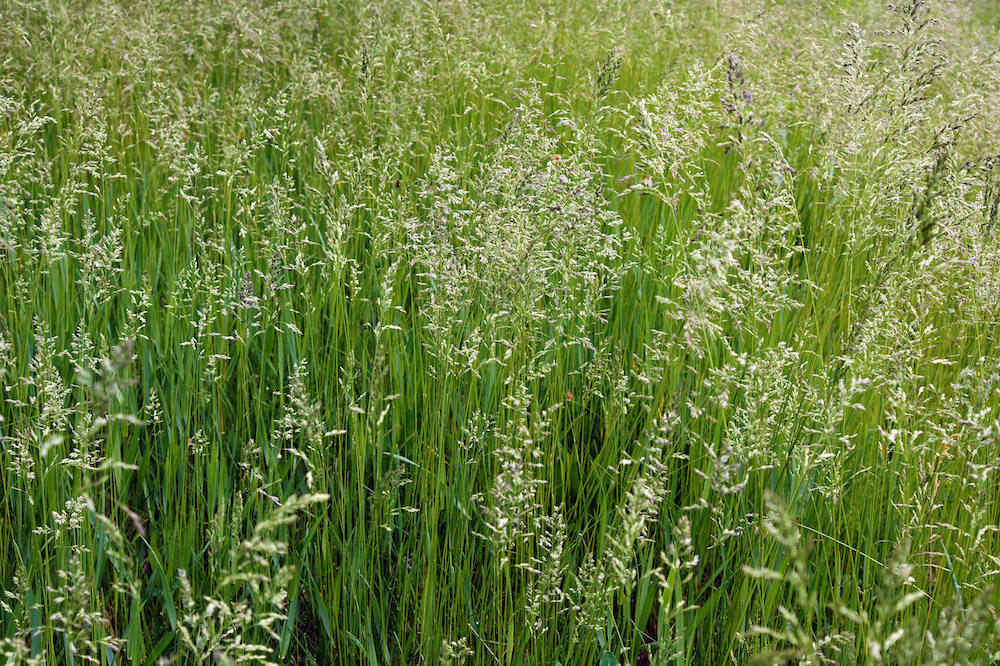


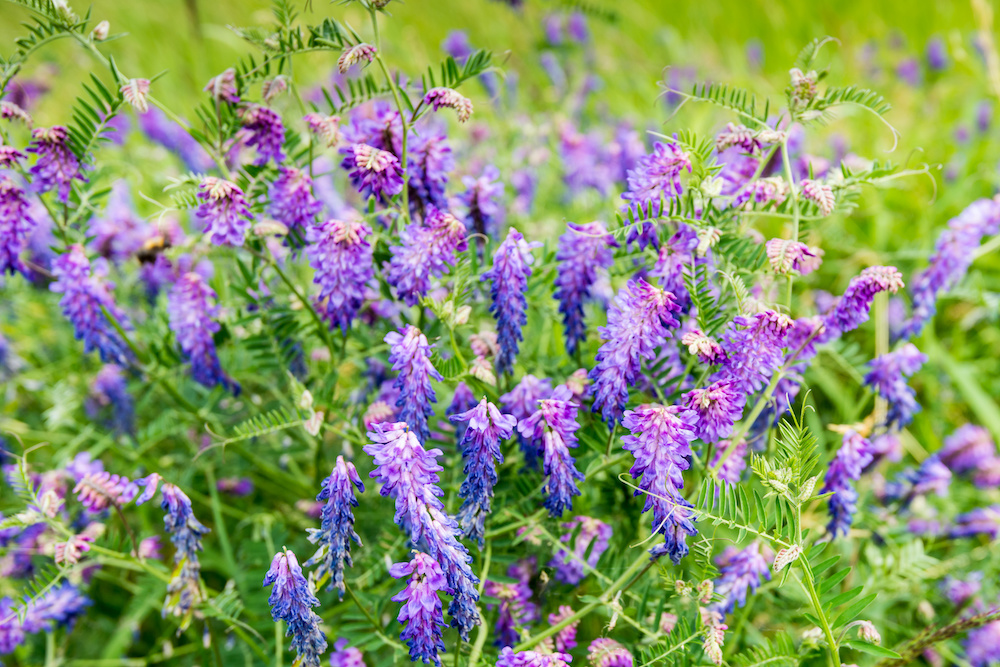
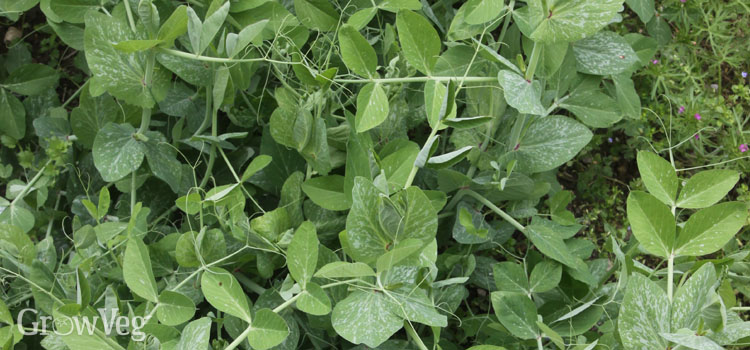

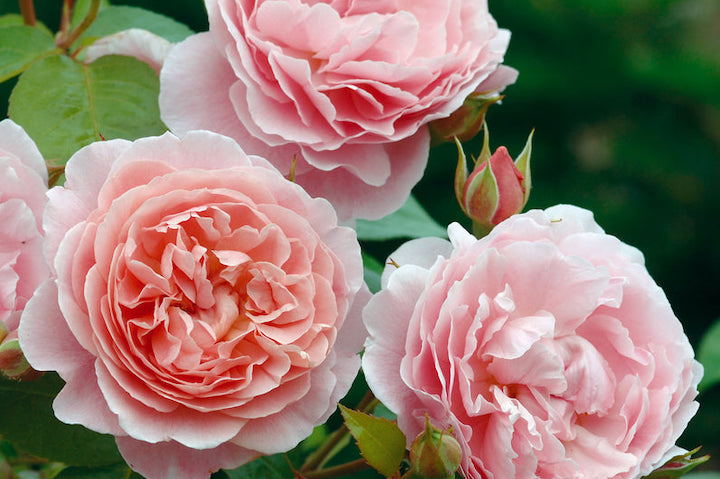

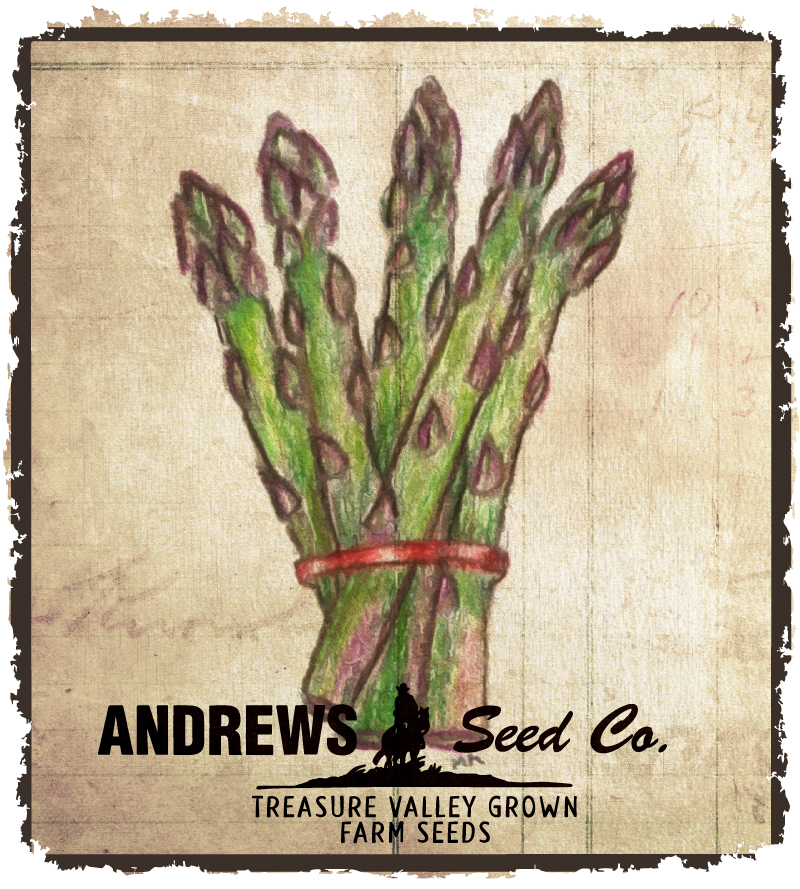
 Care Guides
Care Guides David Austin Roses
David Austin Roses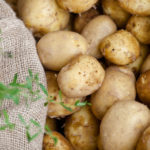 Plant Lists
Plant Lists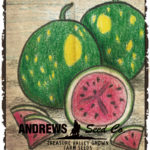 Bulk Seed List
Bulk Seed List